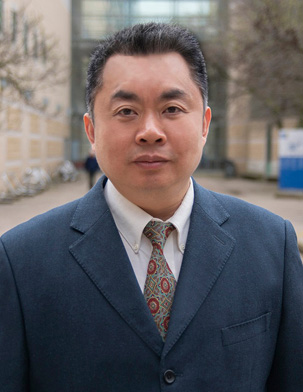Invited Speaker

Prof. Jun Cao
Ph.D., P.Eng., ProfessorDept. of Mechanical, Industrial, and Mechatronics Engineering
Toronto Metropolitan University
Speech Title: Computational Analysis of Tornado Disaster towards a Multi-Building Configuration
Abstract: Computer-aided simulation of tornadoes impacting buildings is an efficient and cost-effective method for studying tornado dynamics. A key challenge in this field is developing physically sound and computationally efficient boundary conditions for tornado scenarios. Building on the success of the immersed-boundary (IB) strategy, this research introduces a novel IB-based framework for investigating tornadic wind effects.
Applying the “relative motion” principle, a tornado approaching a building is reinterpreted as a “virtual” translation of the building - moving with a velocity equal in magnitude but opposite in direction to the tornado’s translation - toward a “virtually pinned” center of purely rotational airflow. This approach simplifies the outer boundary velocity description of the tornado domain by considering only the rotational component, which remains time-independent as long as the boundary is sufficiently far from the building. As a result, computational resources are conserved by eliminating the need for continuous boundary velocity updates. The IB method is then employed to simulate the “virtually moving” building within this framework.
Utilizing the IB strategy alongside the large eddy simulation (LES) model, a computational analysis of tornadic wind loadings on a multi-building configuration was conducted. The findings provide valuable numerical insights that can enhance future simulations of tornadic wind effects.
